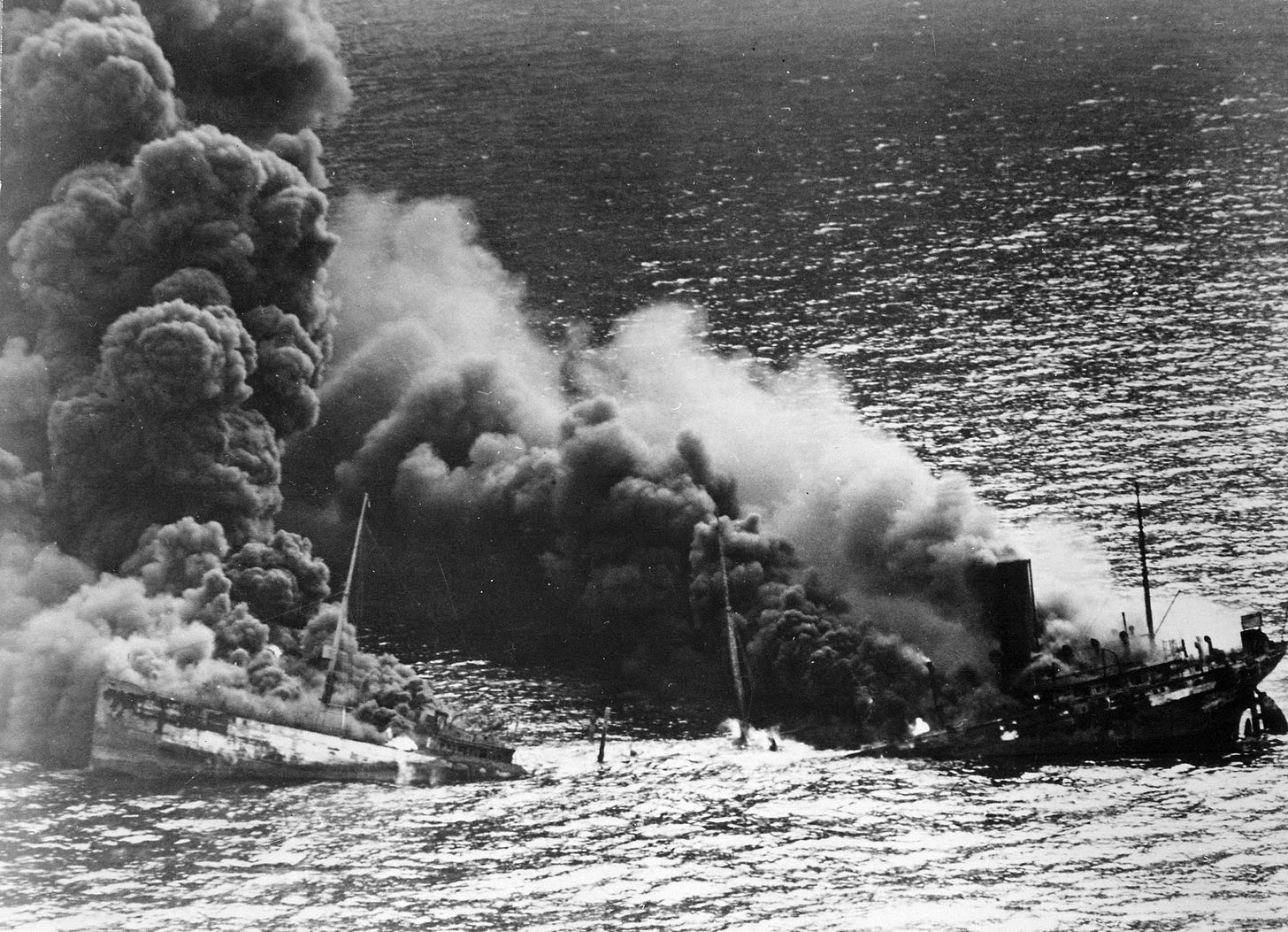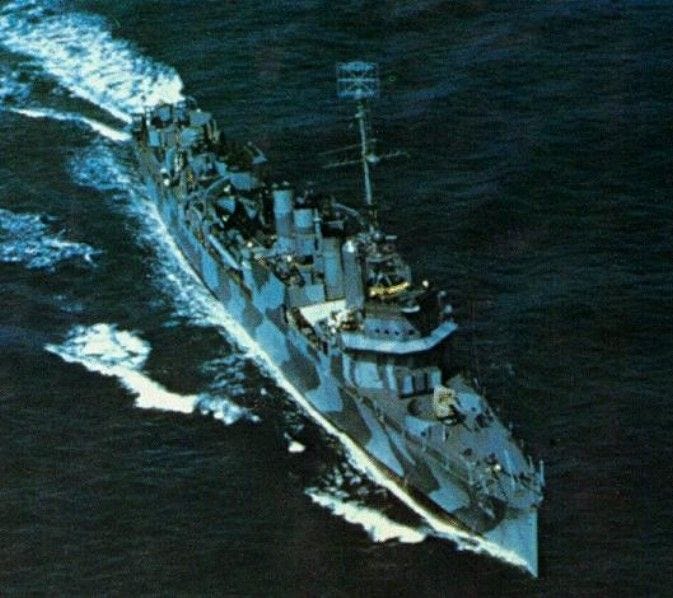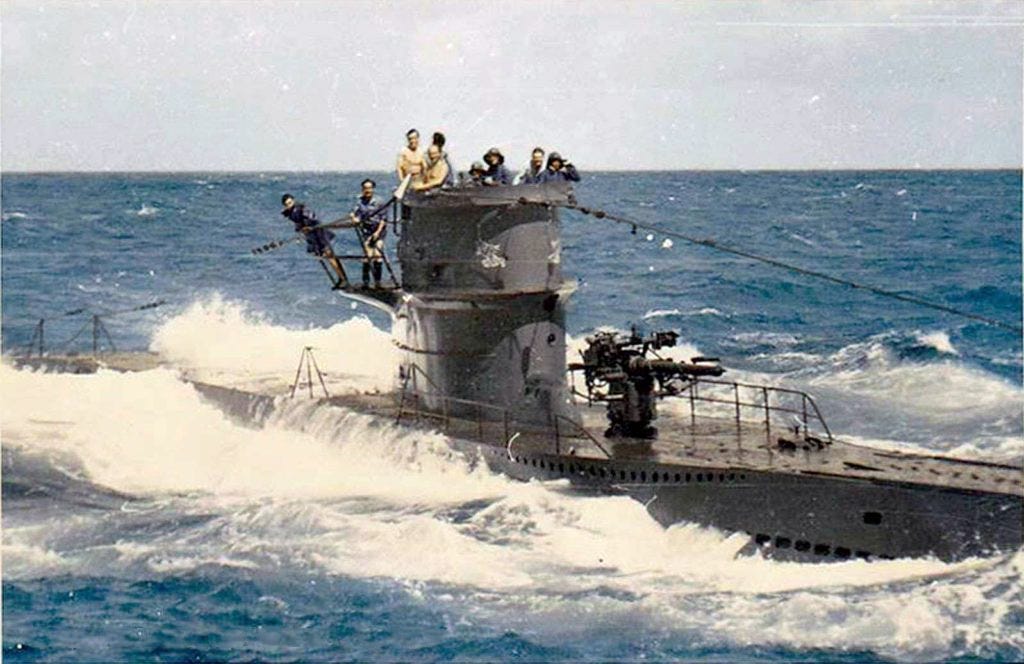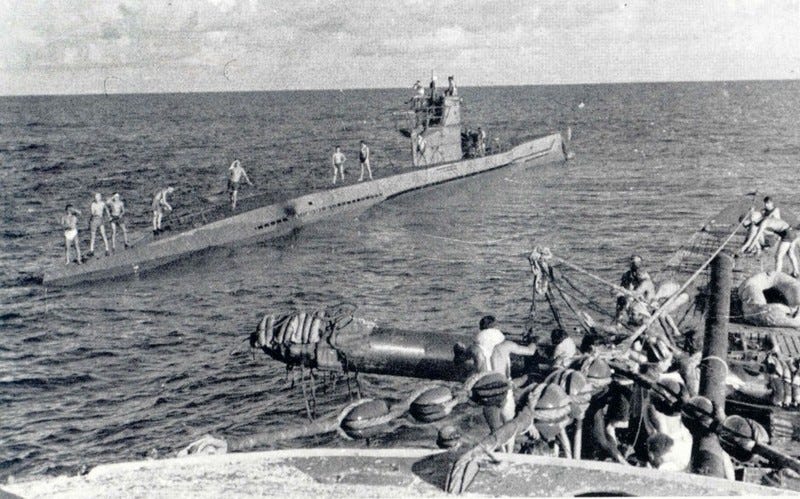Hunting the U-Boats - America fights back
A look back at how the US Navy, Coast Guard and Army Air Corps responded to the U-Boat threat in the first half of 1942
When Hitler declared war on the United States in December 1942 he believed he had the opportunity to strike an early crippling blow. Unrestricted U-Boat warfare was launched with ‘Operation Drumbeat’ targeting US shipping along the East Coast routes.
Over the course of the next eight months Germans U-boats sank 609 ships totaling 3,100,000 tons at the cost of only 22 submarines. For the U-Boat commanders, keen to build tallies of ‘tonnage sunk’ - and win the Knight’s Cross’- it became known as the ‘Second Happy Time’ (the first had been when they had had an early advantage over the British in the North Atlantic), or the ‘American Shooting Season’.
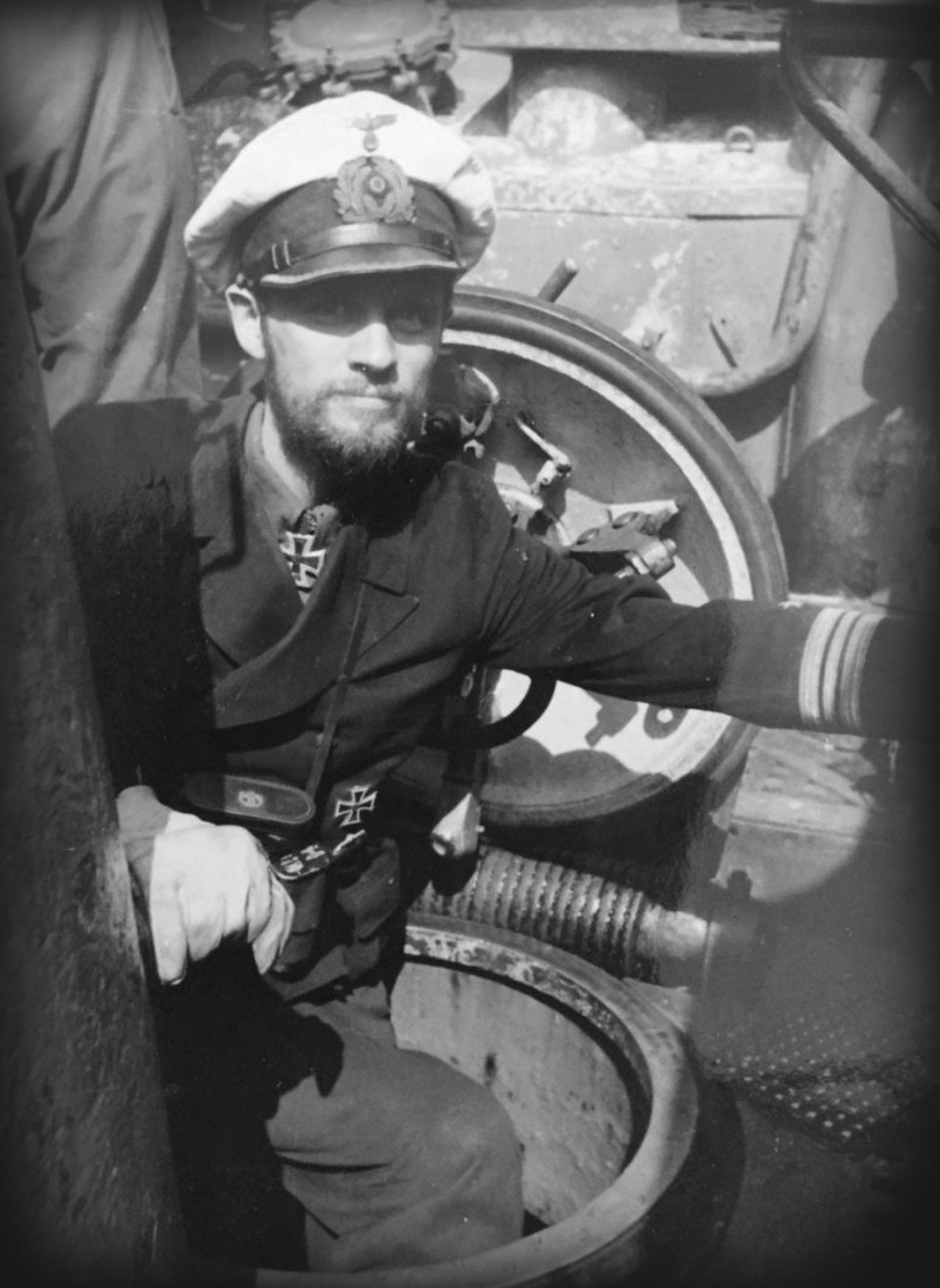
If the US response was initially slow it very soon accelerated. The following links look at some of the incidents during this campaign:
Airborne Anti Submarine Warfare
An overview of developments in World War II drawn from a modern day analysis
The U.S. Navy and Army Air Corps were completely unprepared for ASW operations. There were very few surface escorts, less than twenty ASW aircraft, and no convoy system for merchant ships in coastal waters. In addition, convoluted C2 [Command and Control], a complete lack of standard ASW tactics, and non existent civil defense measures allowed the U-boats to enjoy a very permissive tactical environment. German crews turned the American littoral into a killing field, as hundreds of ships were sunk in the first few months of 1942.
Alarmed at the extremely high number of sinkings off the eastern seaboard, British ASW experts traveled to the United States in the spring of 1942 to meet with their American counterparts. While initially met with skepticism and a measure of hostility, the British officials were able to convince their allies to adopt a coastal convoy system and overhaul their C2.
These efforts resulted in the U.S. Navy standing up the ASW Operations Group (ASWORG), which mirrored the highly effective operations analysis research work on ASW being done by the British.
The ASWORG recruited extensively from academia and conducted pioneering work in the discipline of operations analysis…
First U-Boat kill for US Navy
14th April 1942: The second 'Happy Time' for U-Boats operating off the East coast of America begins to draw to a close as the US Navy intensifies operations
U-boat escapes destruction off Florida
7th May 1942: USS Dallas subjects U-333 to a sustained depth charge attack but she manages to escape by the slimmest of margins
USCGC Icarus sinks U-35
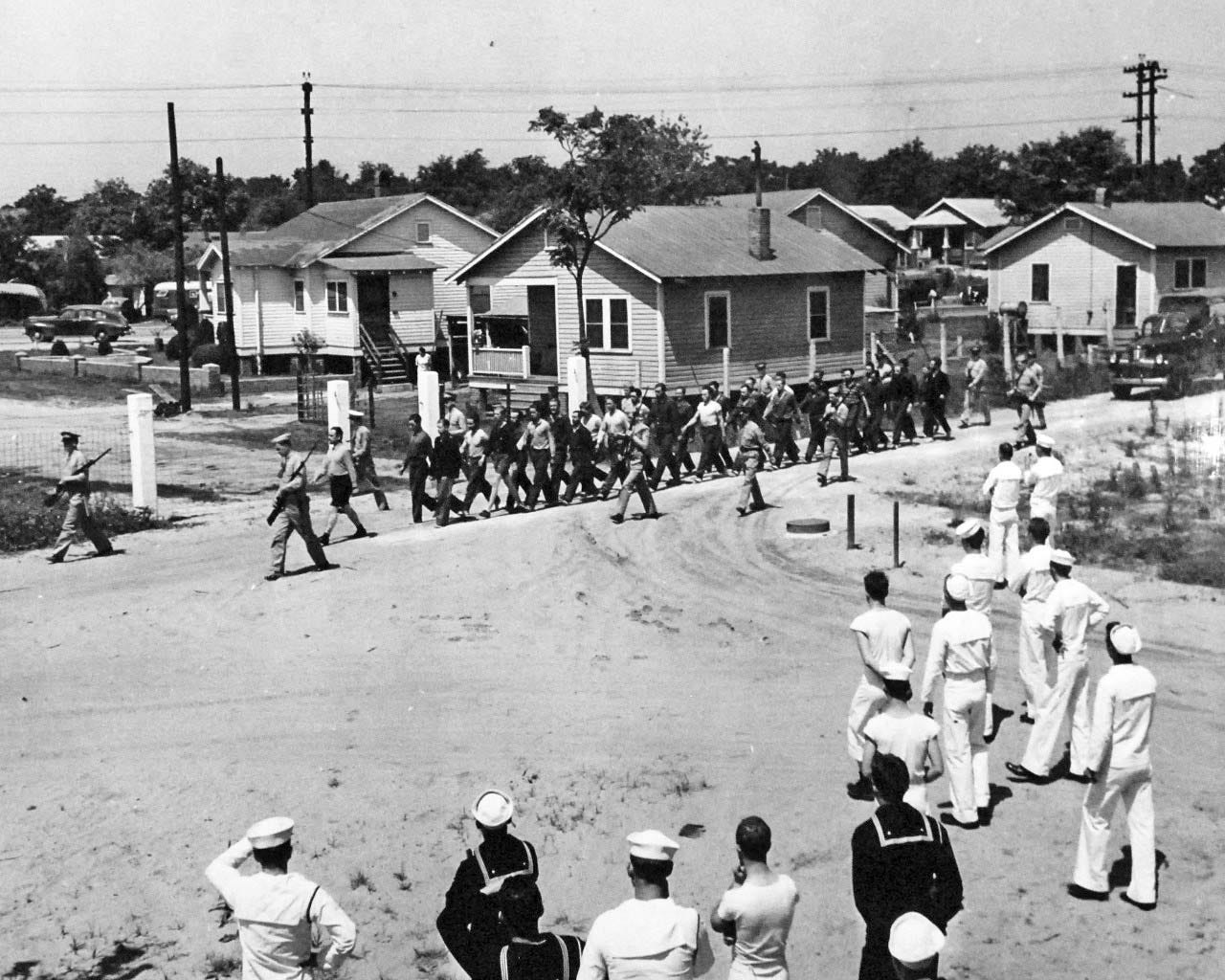
29th May 1942: The prospects for U-boats on the East Coast suddenly become much tougher - as the US Coast Guard takes the first German prisoners of war
U-boat crew saved by airship
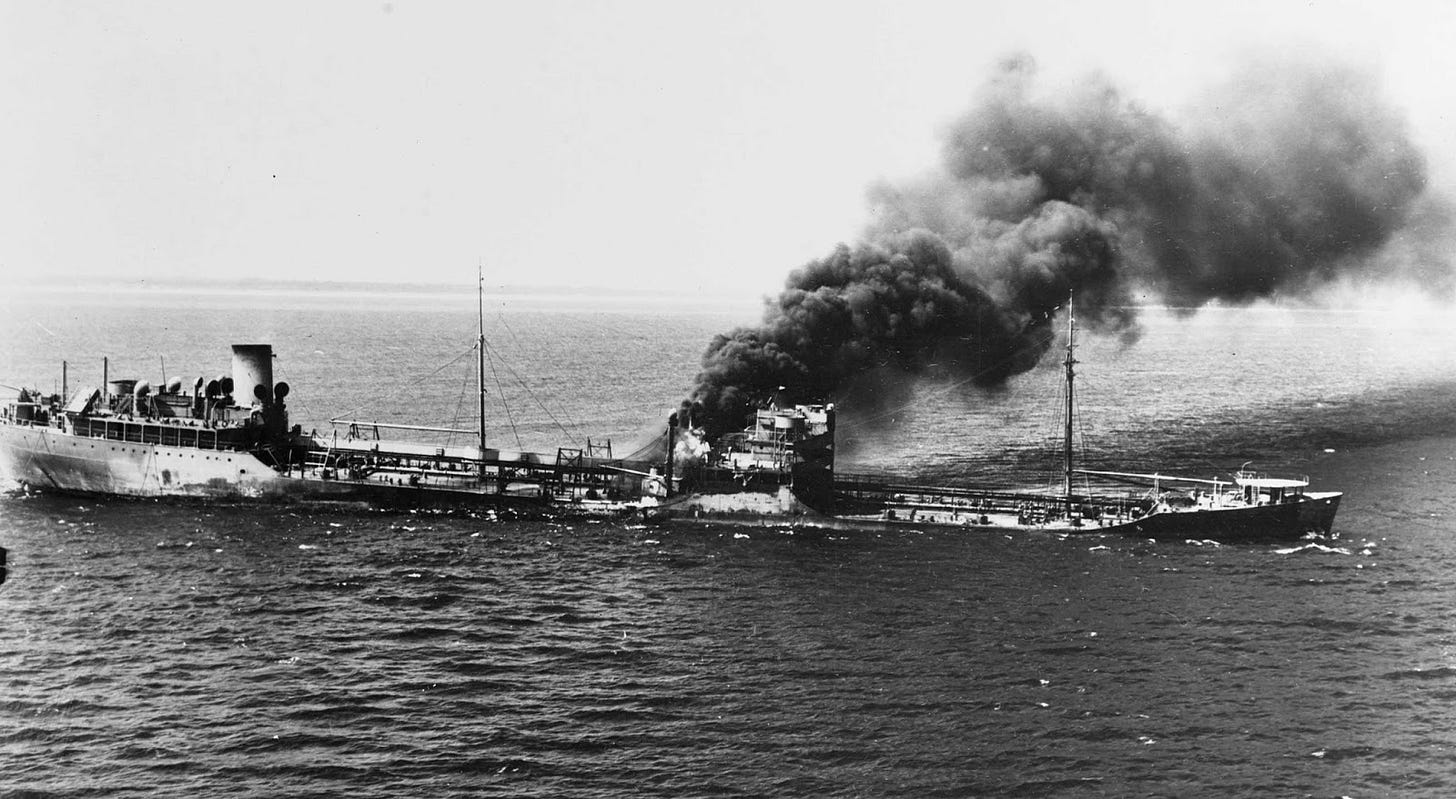
9th July 1942: Seven out of thirty-six men survive 49 hours in the water after first successful attack by the USAAF off the East Coast of America
The strain of a long U-boat patrol
26th August 1942: U Boat Ace Teddy Suhren describes conditions in the Caribbean in late August 1942


